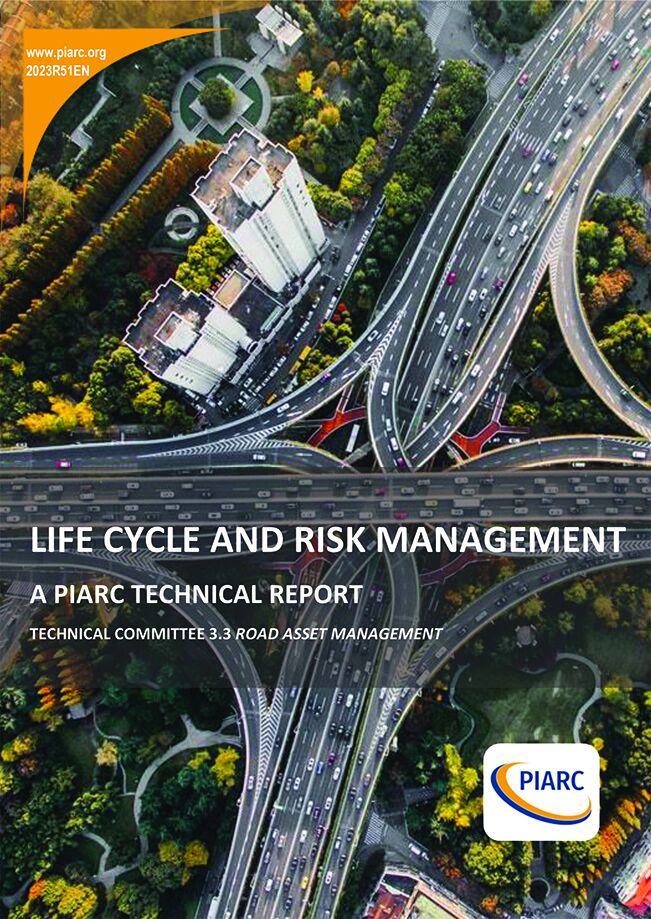Life Cycle and Risk Management

Asset Management enables organizations to derive value from their assets. It emphasizes a structured approach through risk-based, information-driven planning and decision-making, transforming organizational objectives into actionable asset management plans. A life cycle plan is essential for maximizing profitability and managing an asset effectively from construction to disposal.
Lifecycle planning maintains an asset from construction to disposal, predicting future performance based on investment scenarios and maintenance strategies. Documentation from various asset inspections informs the life cycle plan. This plan shows how to meet funding and performance requirements efficiently, aiming to minimize costs while ensuring desired performance.
Lifecycle planning applies to all road infrastructure assets, varying with an organization's maturity and staff capabilities. It is particularly beneficial for high-value, costly, high-risk, or critical assets. Complex situations require high-quality data and predictive modeling, while minimal data scenarios might use a simpler, qualitative risk-based approach.
Risk Management, encompassing both threats and opportunities, broadens the definition of risk beyond its traditional scope. ISO describes risk as'the effect of uncertainty on objectives,' acknowledging both positive and negative outcomes. This expanded perspective positions risk management as critical for strategic resource allocation and organizational success.
The World Road Association (PIARC) suggests viewing risk management as "opportunity management," a concept long embraced by financial management. Consequently, risk management extends beyond merely shielding an organization from threats; it also involves balancing the avoidance of excessive risk with the pursuit of opportunities within acceptable risk thresholds. The English Road Organization emphasizes a dual responsibility in risk management: safeguarding the public against potential dangers and proactively identifying, evaluating, and seizing beneficial opportunities.
The goal of this report is to detail the integration of risk management within asset management, spanning the identification, analysis, and mitigation of risks associated with critical assets.
This discussion encompasses risk management and asset lifecycle topics, illustrating the integration of various risk factors into asset management strategies and decision-making. For instance, allocating resources to essential assets ensures accessibility to remote communities, highlighting the importance of preparedness for potential asset failures. Additionally, the report delves into life cycle planning as a core component of contemporary asset management, emphasizing the significance of modeling, planning, investment, resource allocation, and establishing a thorough life cycle strategy.
Information sheet
- Date: 2023
- Author(s): Comité technique / Technical Committee / Comité Técnico 2020-2023 3.3 Gestion du patrimoine routier / Asset Management / Gestión de activos viales
- Type: 2023R51EN - A PIARC Technical Report
- PIARC Ref.: 2023R51EN
- ISBN: 978-2-84060-757-1
- Number of pages: 33